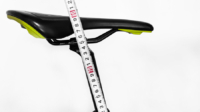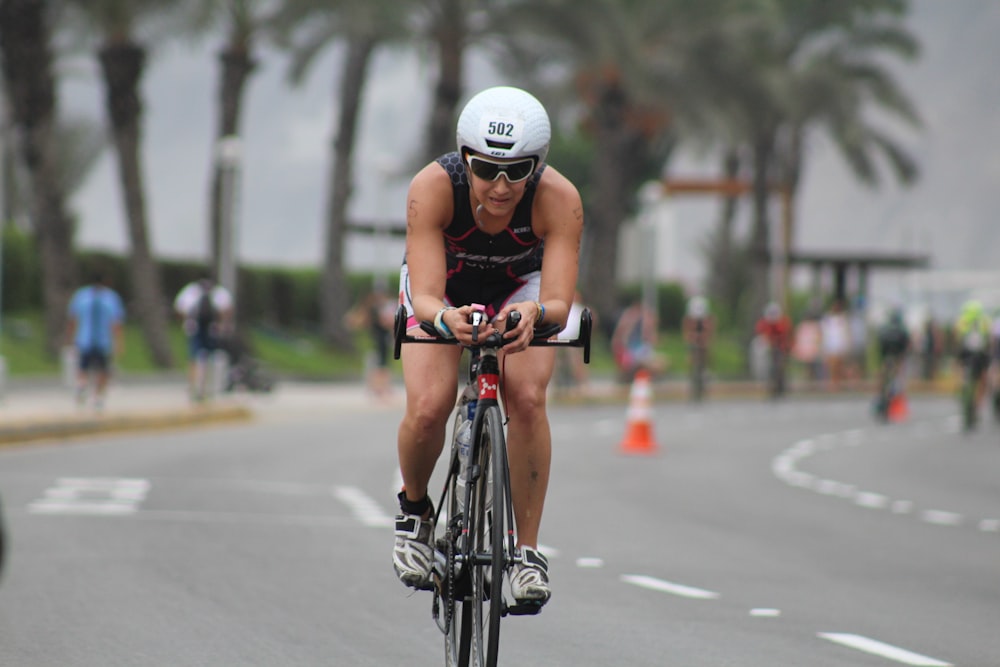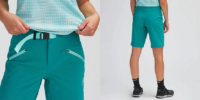Saddle Sores from Cycling: What Causes Them & How to Prevent and Treat Them
Cycling is most commonly approached as an endurance sport enjoyed for long periods of time, often multiple days in a row. Unlike jogging or team sports, a day out on a bicycle can equate to several hours in the saddle.
This puts pressure on parts of your body that aren’t accustomed to the strain, such as your buttocks, which is where many cyclists get the dreaded saddle sores.
What Are Saddle Sores?

Saddle sores are inevitable for all cyclists to some degree. But if not treated properly, they can escalate into a major issue.
As the name suggests, saddle sores are sores that cyclists sometimes get from spending too much time in the saddle. They typically present as skin lesions around the area of the buttocks that are most closely in contact with the seat. Although new cyclists often get mild pain in their buttocks similar to bruising, this usually goes away in a few days and is not the same as saddle sores.
Saddle sores have several degrees of severity, from simple chafing and ulcerations to furuncles and folliculitis. While the first two can be cured by simply changing clothes or positioning, the latter two require treatment.
If left untreated, saddle sores can become very painful and will eventually require serious medical intervention. Saddle sores in women are more common than in men, so they should take extra caution.
What Causes Saddle Sores in Cycling?
Saddle sores can affect any cyclist at any time, regardless of experience or quality of equipment. Experienced cyclists are less likely to be affected because the skin is generally more hardened but it still happens on occasion.
All cyclists should take the following steps to reduce the chances of falling foul to this cyclist’s nightmare.
Incorrect saddle fitment
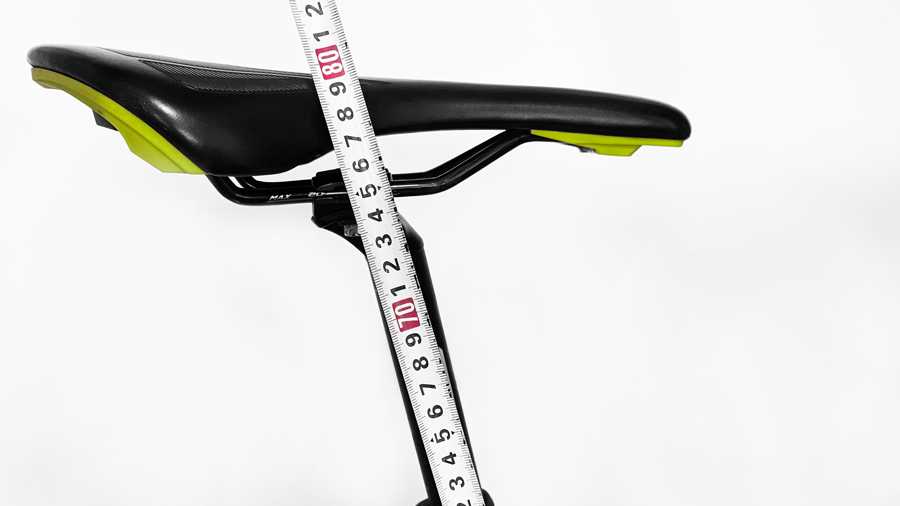
An incorrect or badly fitted bike seat is the most common cause of saddle sores, which typically occur as the result of friction. A seat that is skew, too wide, not level, or the wrong height will create friction, and if you continue to cycle in that way, will result in sores.
Bike Seat Height — Learn How to Adjust It Correctly
Saddles that come standard with budget bicycles are usually badly designed and made from low-quality materials, not intended for long-distance cycling such as century rides. If you plan to spend more than an hour a day in the saddle, invest in a good-quality saddle that is specifically designed for your gender and style of riding.
When purchasing your new saddle, ask the bike shop to do a fitting and get the best saddle for your needs and anatomy. This is by far the most important step you can take to avoid saddle sores.
Excessive cycling
Cycling for long periods of time, especially if you are a beginner, is another common cause of saddle sores. The skin of inexperienced cyclists can’t endure the same amount of abuse in the saddle as professionals, so take it easy when you’re just starting out.
As a beginner, an hour of cycling in the morning and in the evening is a good way to get accustomed to your saddle. Over time, your skin will harden against the saddle and will be less likely to chafe.
Cycling shorts
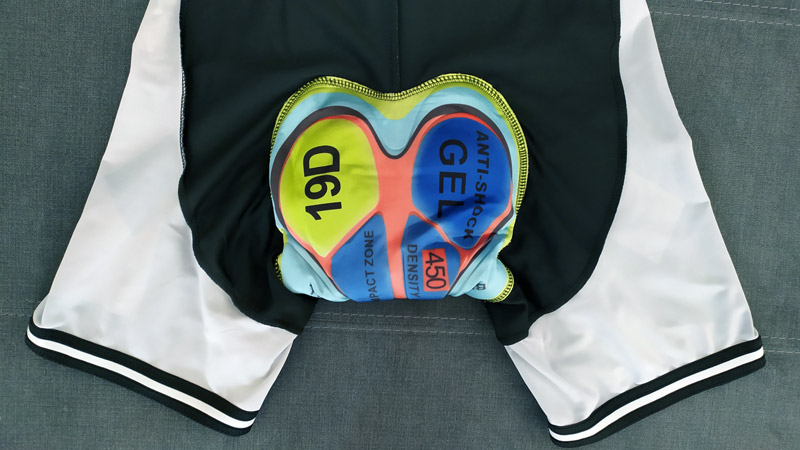
Cheap cycling shorts, like cheap saddles, won’t do you any favors. There’s no point saving money on low-quality clothing just so you have to spend more money on skin creams down the line. Choose a high-quality, well-fitted pair of cycling shorts with either no padding or if you must, decent padding that doesn’t cause excessive sweat.
14 Best Mountain Bike Shorts to Stay Comfortable and Safe on the Trails
Make sure you take off your cycling shorts immediately after cycling and if you can, in-between rides when you stop to rest if you’re doing multi-day trips. Sweat combined with chafing is a bad combination that can quickly lead to infection.
How to Avoid Saddle Sores?
When it comes to saddle sores, prevention is better than cure. Any experienced cyclist will tell you there is nothing more annoying than being stuck off the bike while waiting for saddle sores to heal. Follow these steps to avoid getting saddle sores so that you never miss another training day.
Get a Professional Fitting
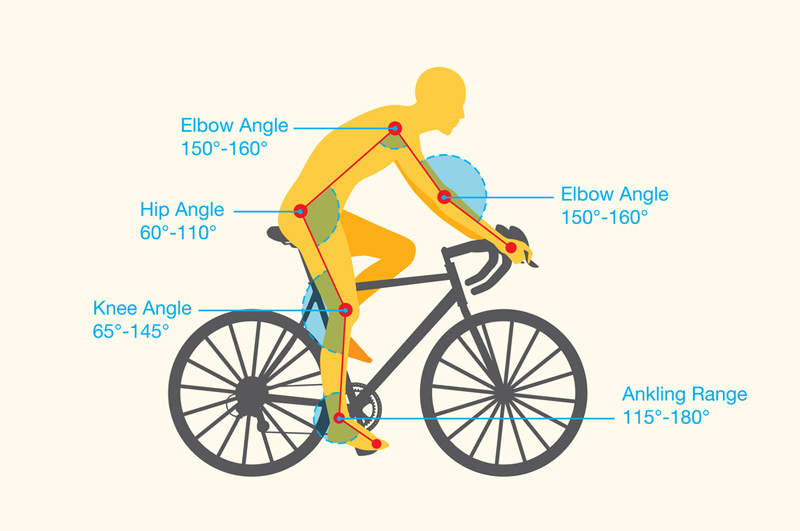
A dedicated bike fit app would allow you to get all of the angles on your bike right and your position dialed in.
Getting the correct saddle is a great start but if your bike isn’t fitted correctly to your body, you’ll still get sores. Even worse, you could end up with knee pain or back injury if you cycle for too long on an incorrectly fitted bicycle.
The time and money it takes to get your bike professionally fitted to your body will save you a lifetime of pain and discomfort. This includes having all your measurements taken and possibly even replacing components that are unsuitable.
In the long run, it’s the best thing you can do for your future health.
Use chamois cream
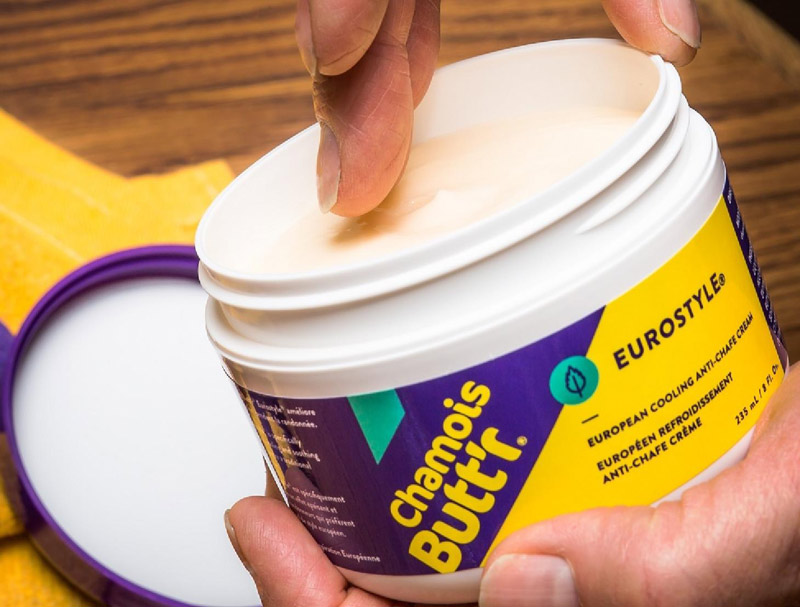
Image source: rei.com
Chamois cream is a popular ointment used by cyclists to reduce chafing on long rides. It lubricates the skin against your cycling shorts, reducing friction and increasing movement.
Opinion on chamois cream is divided, with some cyclists swearing by it and others avoiding it, but if it works for you it’s a great way to avoid saddle sores.
Stay hygienic
It’s best practice to change and shower as soon as you finish cycling to avoid dampness that could lead to infection. You may be unaware of chafing immediately after your cycle and once the infection has set in, it’s too late. Best avoid any unexpected surprises and stay clean and dry whenever possible.
Change position frequently

Image source: flattire.co
Sitting in the saddle for hours in one position is not ideal to avoid friction. Standing up, moving side to side, and sitting in different positions helps to spread the pressure over the entire area and avoid friction in one spot.
It’s also a good idea to take frequent rests. Naturally, in a professional racing event this is not possible but on long-distance recreational rides, getting off the bike every now and then can make a big difference in reducing saddle sores.
Saddle Sore Treatment
Even after following all the advice, saddle sores are sometimes unavoidable – particularly if you’re cycle touring or competing in long-distance endurance rides. These best practices reveal how to get rid of saddle sores as quickly as possible so you can get back on the bike:
Stay off the bike

Try out different activities, such as hiking, to stay in shape while your saddle sores are healing.
This may seem obvious but the first thing to do is stop cycling and keep off the bike for a few days. If you only have mild chafing, it should heal by itself within a day or two. This includes staying off stationary exercise bikes.
Stay clean and dry
Mild chafing can quickly evolve into ulcers or boils if not kept clean and dry. This is particularly important if you live in a warm, humid environment.
Use anti-fungal powders to help reduce moisture or anti-bacterial cream if the sores look infected. Saddle sores need to stay dry, so don’t cover them in bandages or plasters and avoid underwear to keep sweat to a minimum.
Wear moisture-wicking pants
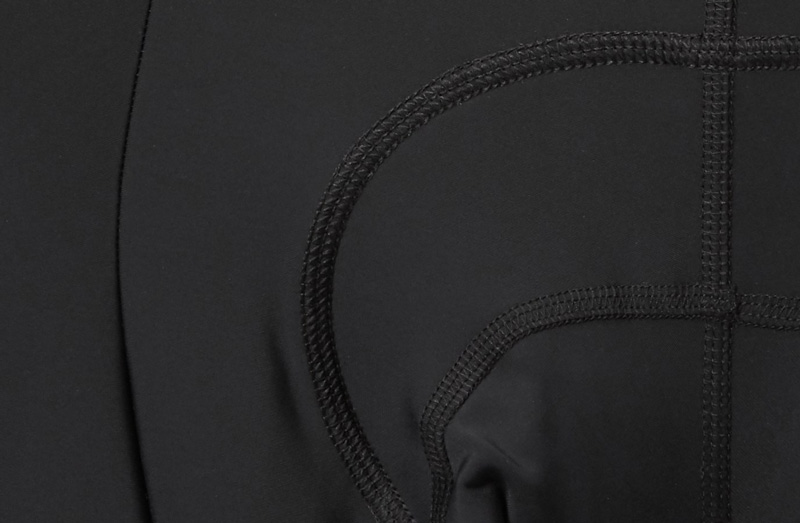
Lycra is a popular moisture-wicking material that keeps your skin dry and provides comfort on long rides.
Good quality moisture-wicking pants will help keep your saddle sores dry and reduce the chance of infection. This also goes for cycling shorts – make sure you get a pair that is high-wicking and only wear them when on the bike.
When to see a doctor about saddle sores?
If the sores don’t reduce within a few days or the pain gets worse, you may need medical treatment. In most cases, a course of antibiotics will clear them up but in severe cases where an abscess has formed, you may need surgery.
This is not a procedure you want to go through, so take the advice above and avoid getting saddle sores in the first place!
Should You Apply Chamois Cream for Saddle Sores?
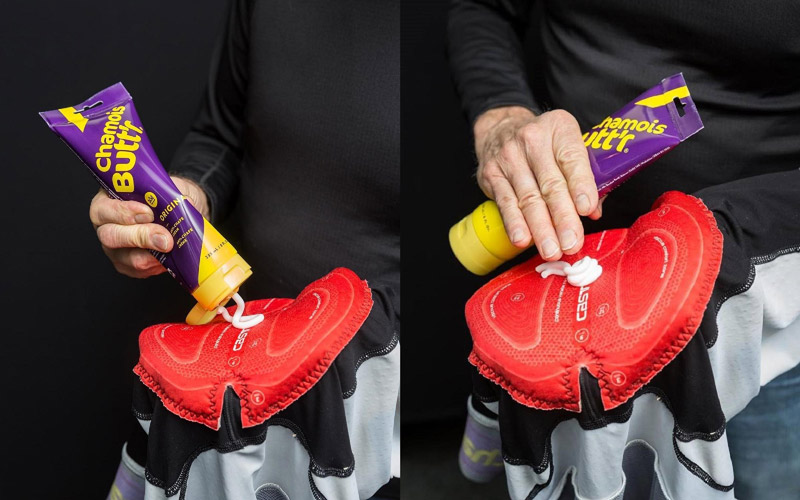
Image source: rei.com
Chamois cream is a useful addition for long rides, particularly in hot, humid, or wet weather. However, the cream alone is not enough to prevent saddle sores so you must combine it with good cycling shorts and a properly fitted saddle.
If dirt or sand gets into the chamois cream, stop and clean it off immediately or you risk causing even worse friction. Chamois cream should only be used as a preventative measure and not a treatment for saddle sores.
Conclusion: Prevention Beats Treatment
The best treatment for saddle sores is to not get them in the first place. However, it’s a very common condition that affects almost all cyclists at some point, particularly when starting out.
Don’t let it put you off – the longer you cycle, the less likely you are to get them. Simply take a few days off, treat them properly, and get back on the bike with even more enthusiasm than before!
Also Consider
Shop Best Bike Saddles on Jenson USA


